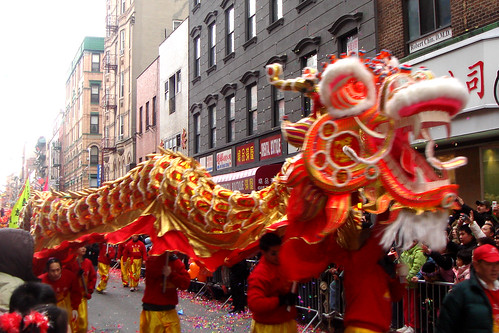 |
| President Goodluck Jonathan |
On April 16, 2011, Nigerians will go to the voting polls to either re-elect incumbent President Goodluck Jonathan or choose a new leader, most likely former head of state Muhammadu Buhari. Of these two, the one I believe to be the best suited for the job would be Goodluck Jonathan. The third of the civilian leaders that Nigeria has been under since independence in 1960, Jonathan is also the only one not to have gained power through election or through a military coup. Jonathan had formerly been governor of the Bayelsa state in southern Nigeria, where he had required a good reputation for honesty. In 2007, he was chosen by People's Democratic Party to be the running mate of presidential candidate Alhaji Yar'adua. Goodluck only came to the presidency after the death of his predecessor last year. This shows that Goodluck, unlike other leaders of the nation, can be trusted with power as he did not seek it originally.
Though he may be vague on his campaign pledges (which politicians aren't?), I believe that his re-election is crucial to the democratization of Nigeria. If Nigeria were to be ruled once more by a former military dictator, it would be a signal that Nigeria is not ready to fully embrace democratic principles. A return to dictatorship would be a bad blow to stability in the region, which is shaky enough due to the conflict over the nation's oil. A peaceful re-election is needed to ensure that Nigeria continues on the path toward an improved democratic government.
Sources:
http://www.goodluckjonathanfor2011.com/index.php?
option=com_content&view=article&id=3&Itemid=4
http://www.nytimes.com/2010/02/20/world/africa/20nigeria.html
.jpg)





























